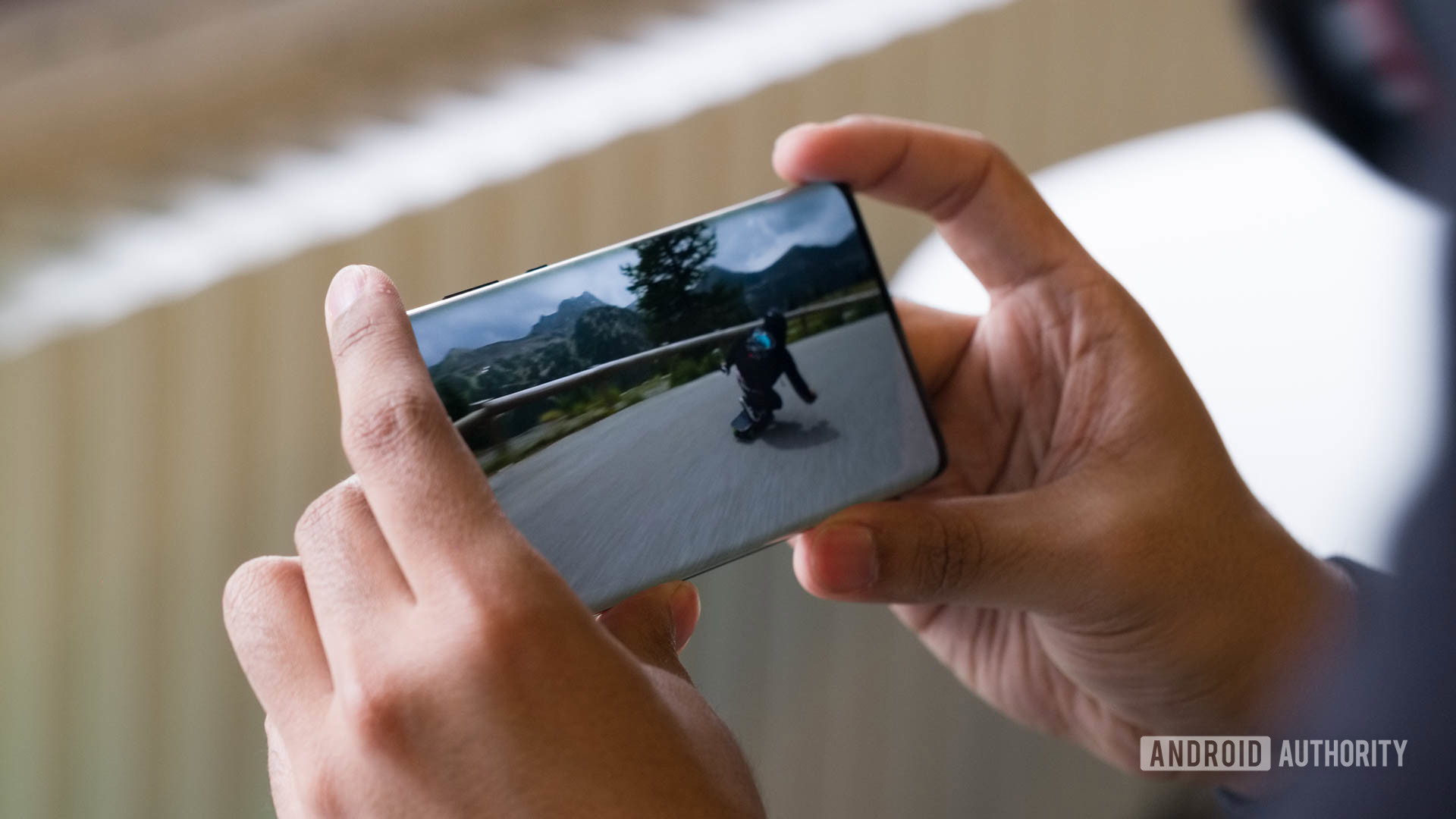Affiliate links on Android Authority may earn us a commission. Learn more.
Smartphone makers say no to TV on your phone without data
Published onNovember 8, 2023

- India’s government is proposing a policy that would require smartphones to receive live TV signals without the need for cellular networks.
- Major smartphone players like Samsung and Qualcomm are opposing the policy.
- OEMs fear that India’s policy could hurt their existing manufacturing processes.
India’s government is currently considering a policy that would allow smartphone users to watch live TV without having to use mobile data or a streaming service. However, the proposal is seeing opposition from some big players in the mobile industry.
India is in the midst of deliberating a policy that could force smartphones to have hardware that can receive live TV signals without the need for cellular networks, according to Reuters. The government is proposing the use of ATSC 3.0, otherwise known as NextGen TV.
ATSC 3.0 is a free over-the-air (OTA) broadcast standard that’s said to offer benefits like 4K HDR programming and immersive audio. It can currently be found in several major US cities.
Some major companies in the mobile sector are fighting against the potential measure. These companies claim adding such compatibility could raise the cost of devices by $30. Additionally, OEMs fear that the policy could end up hurting existing manufacturing processes.
Samsung, Qualcomm, Ericsson, and Nokia have reportedly sent India’s communication ministry a joint message warning the technology could degrade battery performance and cellular reception. The lobbying group India Cellular and Electronics Association (ICEA) — which represents Apple, Xiaomi, and others — has also opposed the policy, claiming no major phone maker globally supports ATSC 3.0.
The OTA broadcasting standard is not without its flaws. Hardly any broadcast offers programming recorded in 4K, and since ASTC 3.0 is mostly just simulcasts, the 4K benefit is not really being used. There’s also the issue of digital rights management (DRM), where if the device doesn’t meet certain requirements, it can be blocked. And streaming has also stolen much of ASTC 3.0’s thunder.